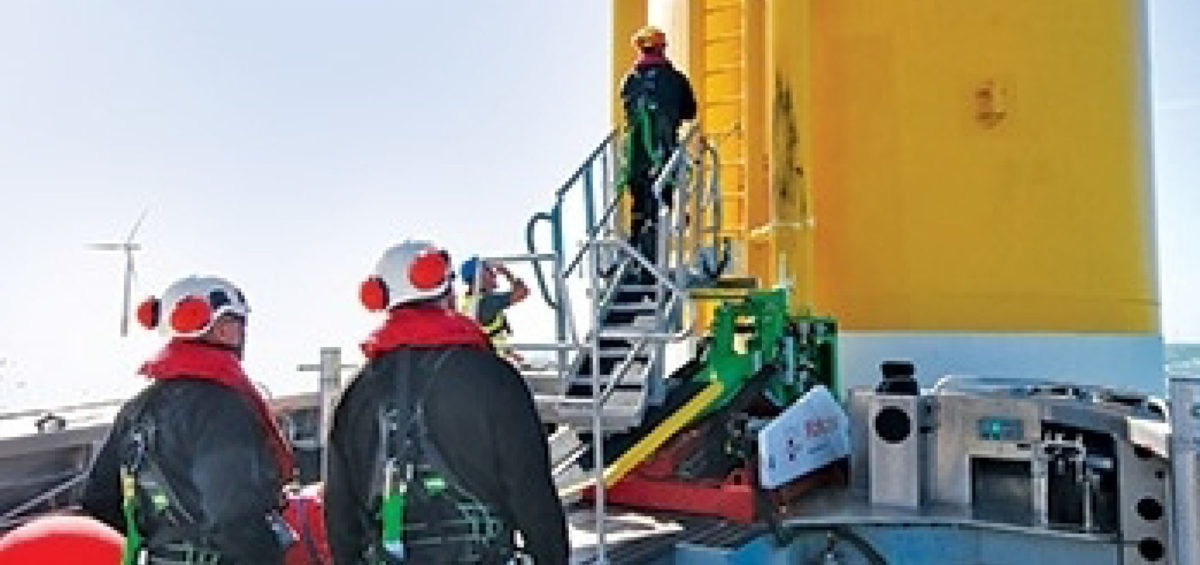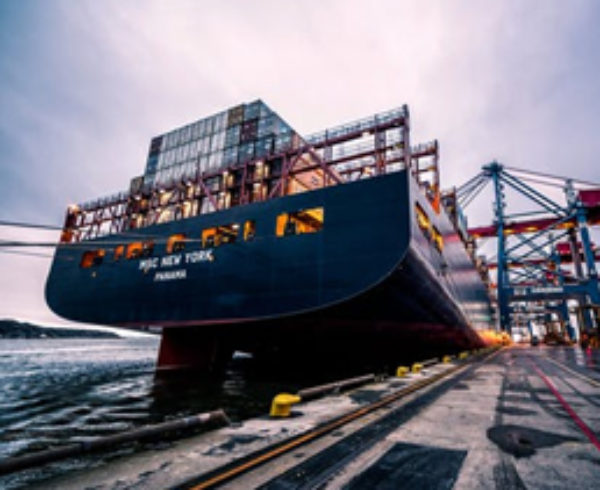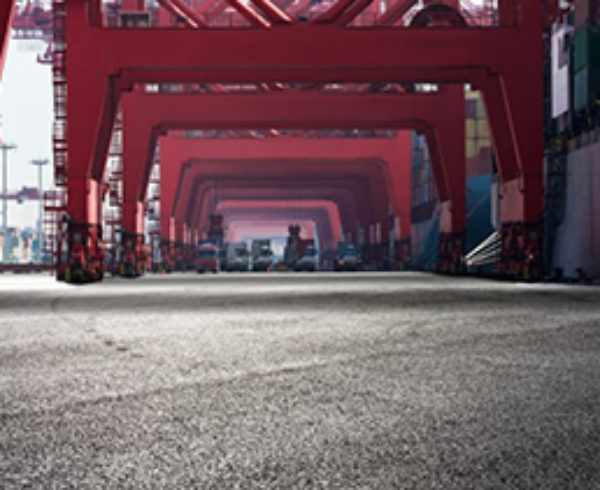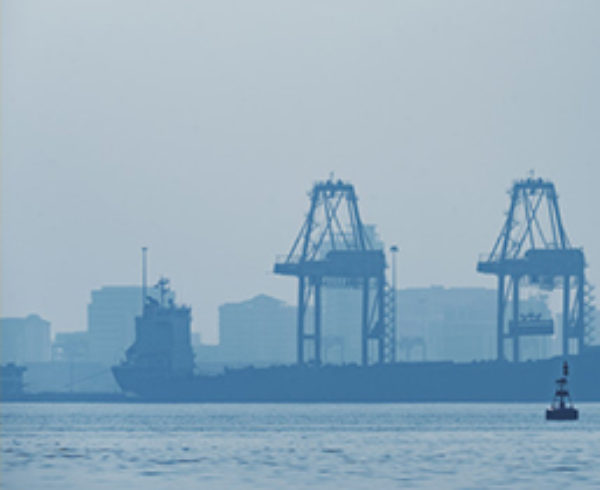Mon 15 Sep 2014 by Philip Woodcock
As the designated person ashore as defined by chapter 4 of the International Safety Management Code (ISM Code) for a
company that operates windfarm service vessels (WFSVs), I spend much of my time investigating incidents and accidents
that occur in the fleet.
Over the past three years, I have become acutely aware of the risks posed by lifting operations and dropped objects to the
crew on WFSVs – the crew are the ‘lowest in the food chain’ for anything that falls and therefore most at risk.
The deckhand who assists the technicians transferring from the vessel to the boat landing is particularly vulnerable. They
have to stand directly under personnel who are climbing. This year alone we have recorded incidents of a ratchet spanner
with sockets and a radio falling. The latter bounced on the deck and into the deckhand. The radio incident took place only
a matter of a few weeks after a safety flash had been sent to the fleet regarding the dropped ratchet spanner, when
awareness by our own personnel should have been heightened.
Dropped objects are a phenomenon that affects not only the offshore wind industry but any industry where people or
equipment work or are positioned at height. However, the offshore oil and gas industry has a lot of historical data on this
kind of risk.
To raise awareness, organisations such as the International Marine Contractors Association (IMCA) have created lifting
guidelines, IMCA M 187, and Safety Pocket Card # 4, which also addresses the issue. The Dropped Object Preventions
Scheme (DROPS) was formed by the oil companies following research into a large number of incidents. If the subject is
getting such attention from industry, how big is the problem, one may ask? Is there any data on whether this is a real risk?
DROPS started gathering statistics in 2010 and, since then, has recorded 850 incidents, primarily from members in the
North Sea area. IMCA, in their 2013 safety statistics, recorded a total of 474 lost-time injuries (LTIs), of which ‘struck by
moving or falling objects’ was the largest category recorded.
This particular category had 111 LTIs or 23 per cent of those reported. The 2013 IMCA statistics were based on 245
reporting companies with a total of 1,301 million man hours. This period saw four of the nine reported fatalities linked
directly or indirectly to lifting operations.
To bring added relevance to the offshore wind industry, the G9 group of the nine largest operators of offshore windfarms
has recently issued statistics and analysis of safety incidences for the first time. This excellent report covers data reported
by its members in 2013 across 35 sites. The data shows 616 reported incidences of which there were zero fatalities and 66
LTIs.
Of the 616 reported incidences, 165 were related to lifting operations, but at this time, it is not possible to determine
which of these are linked to dropped objects. Fourteen per cent of the LTIs reported were also related to lifting operations.
In their concluding remarks, the G9 has stated that they will pay more attention to dropped objects in their 2014 datagathering
exercise including getting information on weight and height. This should provide interesting reading. At a
recent meeting of the IMCA renewables working group, it was also stated that dropped object awareness will get more
attention. To give a practical demonstration of how great the risk is to someone working on the deck of a WFSV of items
dropped from a boat landing ladder or transition piece, a DROPS calculator is available at www.dropsonline.org.
For example, an average handheld radio weighs between 300g and 500g. If this fell from a height of 15m, that is, roughly
the height of a wind turbine transition piece, the calculator indicates that it would result in a major injury, assuming that
the victim is wearing a standard safety helmet.
From the data supplied by G9, it is impossible to determine how many of the 165 lifting incidents related to dropped
objects and whether they counted such workday issues as dropped radios, spanners or fall arrest devices. However, a
conversation with any experienced WFSV crew member will reveal many anecdotal tales of objects dropped on deck,
into the water or caught by a sharp-eyed deckhand.
These are normally described in light-hearted fashion with little understanding of the actual risks involved had they been
hit. From this and conversations with the technicians on board, it can be seen that the risks are not fully understood and
need to be addressed by industry if serious accidents are to be avoided. OWJ
*Philip Woodcock is operations manager/QHSE/marine manager at Workships Contractors in the Netherlands













Leave a Comment